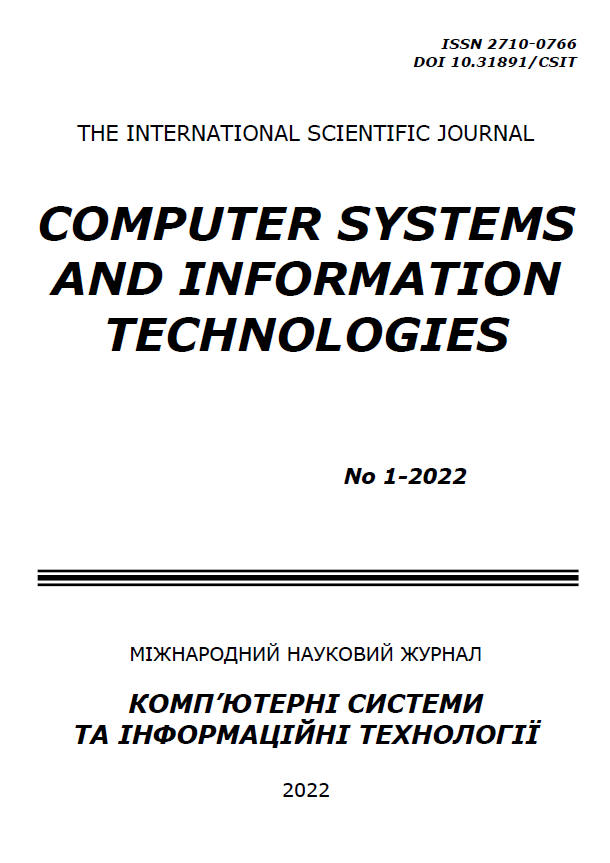INFORMATION TECHNOLOGY OF FACIAL EMOTION RECOGNITION FOR VISUAL SAFETY SURVEILLANCE
DOI:
https://doi.org/10.31891/csit-2022-1-7Keywords:
information technology, emotion recognition, facial feature extraction, geometric features, visual safety surveillance, hyperplane classificationAbstract
Emotional expressions serve a crucial role in interpersonal communication between people while improving social life. In particular, information safety systems for visual surveillance that aim to recognize human emotional facial states are highly relevant today. In this regard, this study is devoted to the problem of identifying the main criteria for expressing the face of emotional manifestations for the possibility of recognizing without the use of specialized equipment, for example, security surveillance cameras with low resolution. In this work, we propose informational technology to define the face’s areas that reproduce the face’s emotional look. The input data from the proposed information technology is a set of videos with detected faces with the primary emotional states reproduced on them. At first, normalization of the faces of images is conducted to compare them in one base. It is executed by centering the face area and normalizing the distance between the eyes. Based on the analysis of point features moving in the set of input images, information points are then allocated (i.e., those points whose movement in the person’s emotional expression is the most significant). At the final stage, the areas of the face (with different bias thresholds) are determined, the changes of which form a visual perception of emotions. For each selected region, a set of possible states is formed. In conclusion, the behavior of point-specific features of a person under the manifestation of specific emotions is explored experimentally, and high-quality indicators for these emotions are highlighted. According to the study results, it is preferable to create a software product based on qualitative criteria for assessing the main areas of the face to determine the mimic expression of emotions.

